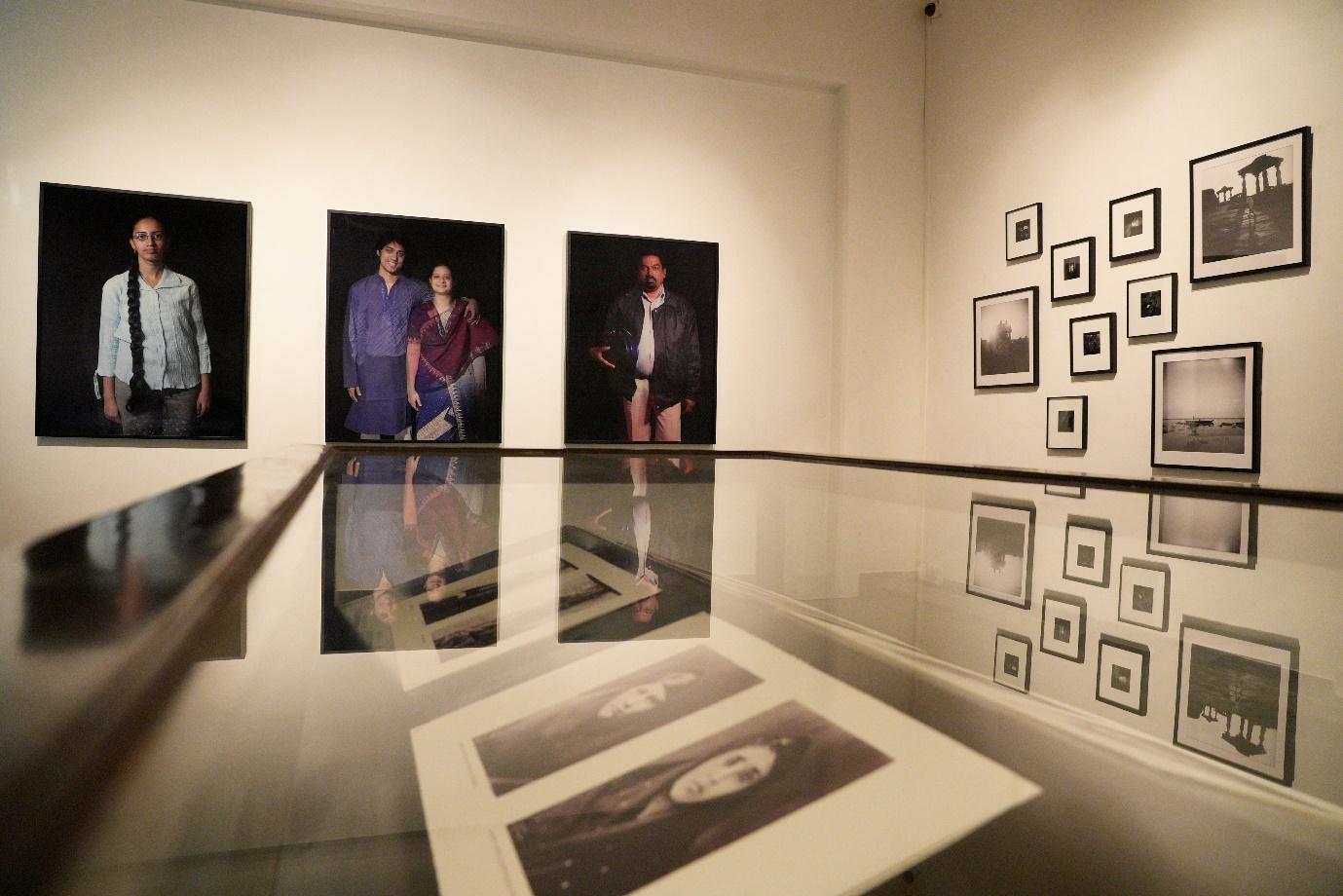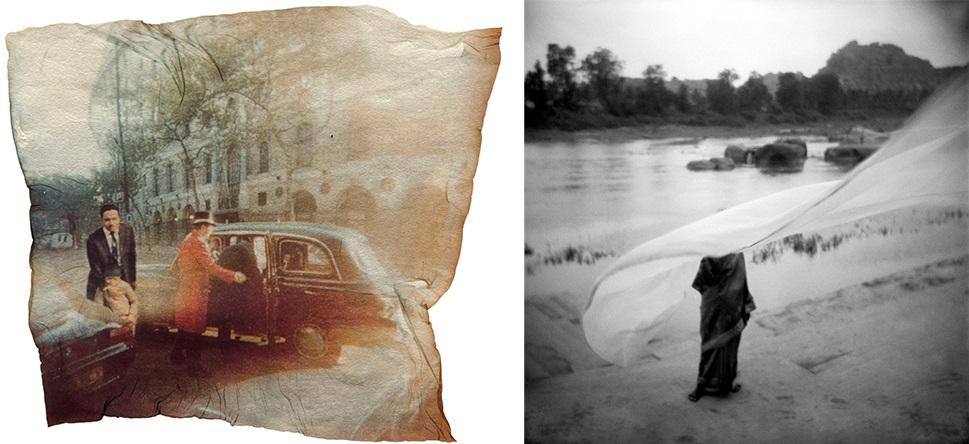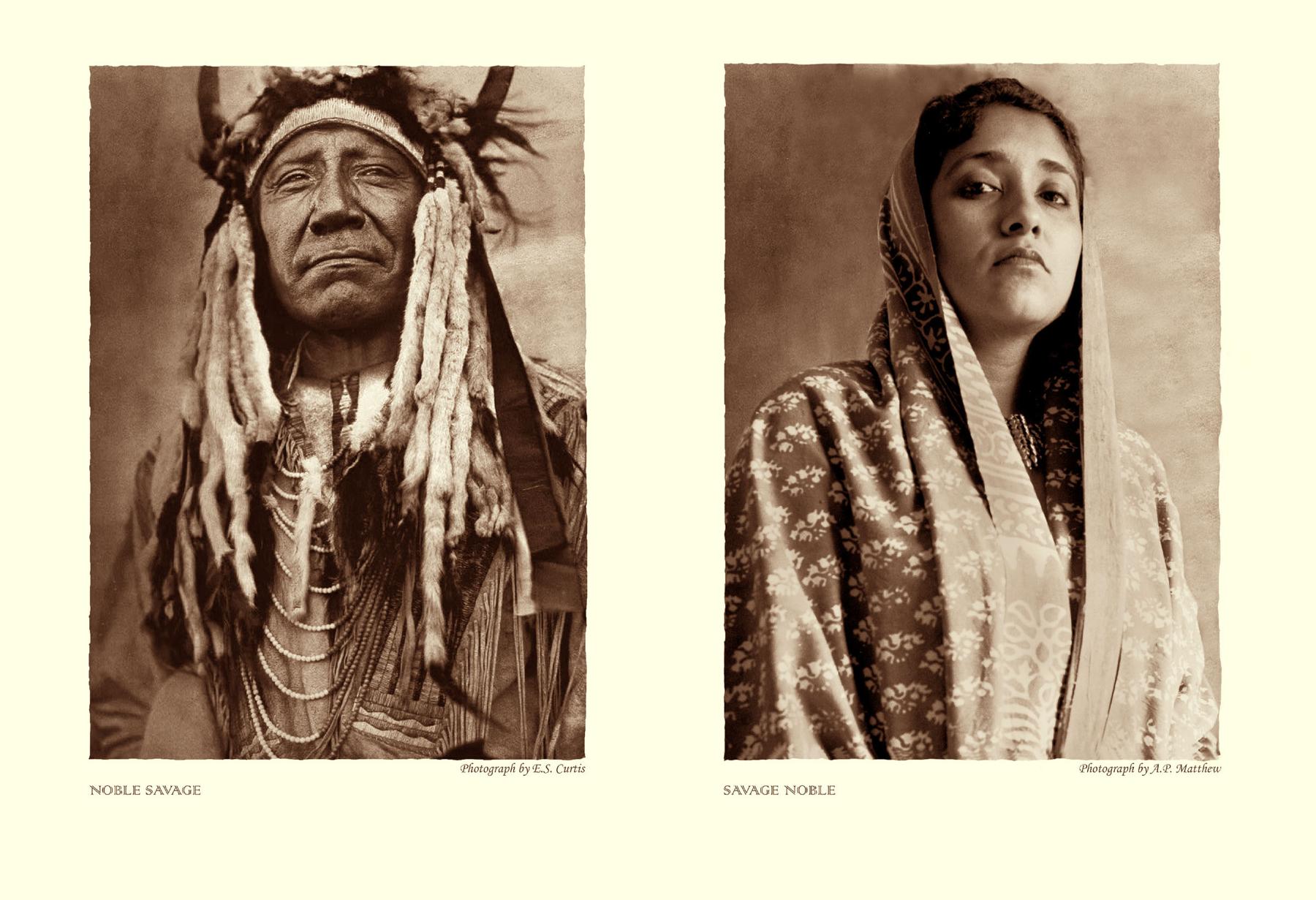The Archive Activated: Annu Palakunnathu Matthew’s The Answers Take Time

Installation view of the exhibition, ‘the answers take time’ by Annu Palakunnathu Matthew, September–October 2024. Image Courtesy: Dr Bhau Daji Lad Museum.
Annu Palakunnathu Matthew’s retrospective, The Answers Take Time, at Dr. Bhau Daji Lad Museum in Mumbai from 14 September to 27 October, 2024, brought together a series of the artist’s body of work from nearly three decades of her practice. Curated by Esa Epstein, the exhibition showcased the wide range of experimental work that Matthew has dabbled with throughout her career. Based in the US, and having lived and travelled across different countries and continents, Matthew draws on her own memories to “re-examine neglected historical narratives” and portray the subtle ways that cultural identities manifest in day-to-day life. Spread across two halls within the Special Projects space, one sees the artist’s fascination with family photographs—her own as well as those collected from people she interacts with—as well as a progression in how her work has developed over time.
There is humour and a lightheartedness with which she approaches each topic of interest. Fabricated Memories (2000), one of her early works on display, is an accordion-style handmade book which showcases family photographs of Matthew’s time spent with her father, whom she lost at an early age. The artist juxtaposes the family photos with those that she took on a visit to England, twenty years after her father passed away. Tactility is something she values in her projects, given her inherent focus on urging audiences to approach each work with activated senses of sight, touch and smell.

(L) Annu Palakunnathu Matthew, Dad and Ajit, from “Fabricated Memories,” 1997–2000, Polaroid emulsion transfers on paper in a handmade accordion book.Courtesy of the Artist & sepiaEYE. (R) Annu Palakunnathu Matthew, Sari Drying, from Memories of India, Silver gelatin, 2003. Courtesy of the Artist & sepiaEYE.
In Memories of India (1996–2005), a series of black-and-white photographs that Matthew took on her travels across India, her gaze resembles that of someone who knows the landscape but has been away for some time. She captures myriad objects—Drying Dupatta, Boy Praying, Paan Leaves, Cauvery River, Yoga in Cubbon Park, to name a few—from a place that is supposedly home but is also distant, owing to her being an Indian-American. Shooting with a Holga plastic camera, Matthew brings a documentary-style commentary to her travels across the country and the vivid mundanity of everyday life in the subcontinent. In her series Virtual Immigrant (2006), she probes the ways in which progress has made its way across India using the form of lenticular portraits, which display two versions of photographs of the same person. This is a series of audio-visual interventions that question the idea of identity and of belongingness, especially at a time when globalisation and neoliberalism have changed one’s perception of the idea of the nation.
Another body of work, An Indian from India (2001/2007–09), completed early on in Matthew’s artistic career, sums up the eclectic interests the artist nurtures when it comes to the mediums she works with. Through a series of diptychs, Matthew juxtaposes self-portraits with archival photographs of native American-Indians taken by colonial photographers, as samples of anthropological study of the exotic Other. She recreates the scene to add her own “Indian” touch to the photographs as a way of reversing the coloniser’s gaze. But through this intervention, she also asks viewers to ponder upon the identity of an “Indian.” She asks one to consider the similarities in the ways in which Othering was carried out by colonisers through the medium of photography, be it in America or elsewhere, after its discovery in the late eighteenth century. Matthew even plays with the format of display of these portraits—experimenting with the presentation of the portraits as cased images, as was done earlier for orotone portfolios.

Annu Palakunnathu Matthew, Noble Savage /Savage Noble, 2001. Two Moons (Cheyenne), ca 1904, Photographer E.S. Curtis, original photograph courtesy of Northwestern University Library, Evanston, IL. Courtesy of the Artist and Museum of Art & Photography (MAP).
Matthew’s take on family photographs is interesting, given her creative use of technology to offer a new perspective on these images, the stories they have to say and the larger socio-cultural narrative that these are an element of. This is an enquiry Matthew carries through her later body of work, which dwells on her initial interest in archival photos and the personal narrative, to look at larger questions of patriotism, service to the nation, Partition and the broader history of South Asia that continues to be an evolving area of study. Take, for example, her work Open Wound – Stories of Partition (2015–21), a series of photo animations she develops on an iPad embedded within what looks like an old history book. With each turn of the virtual page, one becomes familiar with children’s memories of the monumental event that has shaped one’s understanding of the subcontinent. Using animation, text, archival photographs, video and sound, this is a poignant work that makes one think about the everyday lives impacted by Partition.
Leading from her research into the history of Partition, The Unremembered: The Indian Soldiers from World War II (2018–21), was initially developed as a commission for the Kochi-Muziris Biennale 2018. A video and sound installation project, this is where the artist presented documentation of the graves of fallen Indian soldiers in Italy, juxtaposing this footage from a war cemetery with archival videos from the Imperial War Museum. She further delves into this forgotten past by collecting archival imagery of the Indian soldiers to develop 3D laser-cut crystals and to create an immersive experience as an homage via photographs, video, sound, crystals and text.

Installation view, ‘The Unremembered: The Indian soldiers from World War II’ by Annu Palakunnathu Matthew, video installation, crystals, cotton panels, 2021. Exhibition: ‘the answers take time’ September–October 2024. Photograph by Yashna Kaul. Image Courtesy of the Artist and sepiaEYE.
For Matthew, art plays a significant role in shaping the politics of remembrance. She goes about these family photographs with a certain kindness and empathy for the multitude of stories they hold. Her conceptual interventions offer an interesting take: she repurposes the archives in intelligent ways, keeping the audience engaged and drawing them in with the familiarity of the photographs and then urging them to take a step towards a deeper engagement with the topics she would like them to consider. And she does this with consideration for making the works as accessible as possible for a wide range of audiences.
In several interviews, Matthew has mentioned how she continues to engage with media that audiences find familiarity with. This allows her to form the first level of dialogue with the viewer, even before she brings her intervention to the table. This is where her credentials as an academic are reinforced. Matthew isn’t just interested in making art for herself, she also considers the ways in which audience engagement with a certain work can be made more accessible. This exhibition, therefore, is not just a presentation of Matthew’s three-decade-long art practice. It is also a much-needed foray into the ways in which archives can be activated. The combination of text, video, sound and archival photos makes a case for digital-led audio-visual approaches to engaging with an archive. It is a lesson in how to make art more accessible for public memory, the tools at one’s disposal and the varied ways of seeing that are possible.
To learn more about artists working with activating different archives, revisit Annalisa Mansukhani’s two-part interview with Lina Vincent and Akshay Mahajan on their project Goa Familia, Veeranganakumari Solanki’s conversation with Adira Thekkuveettil on the Anglo-Indian Archives, Najrin Islam’s conversation with Renluka Maharaj on her series Pelting Mangoes (2021), Mallika Visvanathan’s conversation with Parvathi and Nayantara Nayar on their project Limits of Change (2021) and Senjuti Mukherjee’s conversation with Shan Bhattacharya on his book PORTAL (2020).




